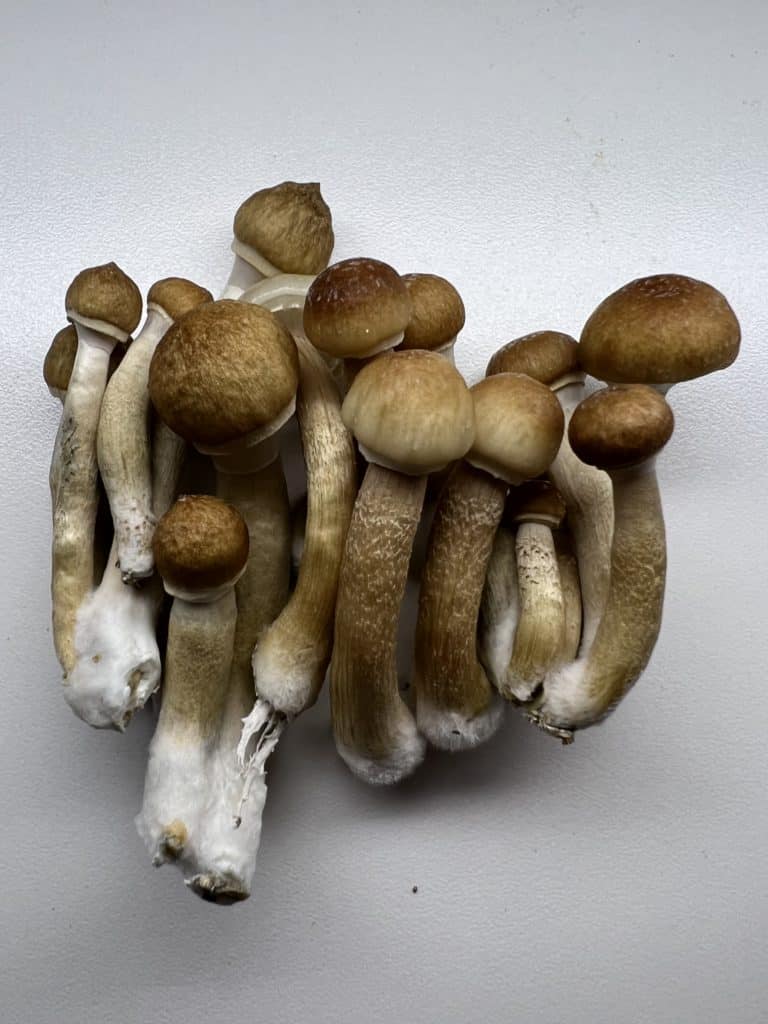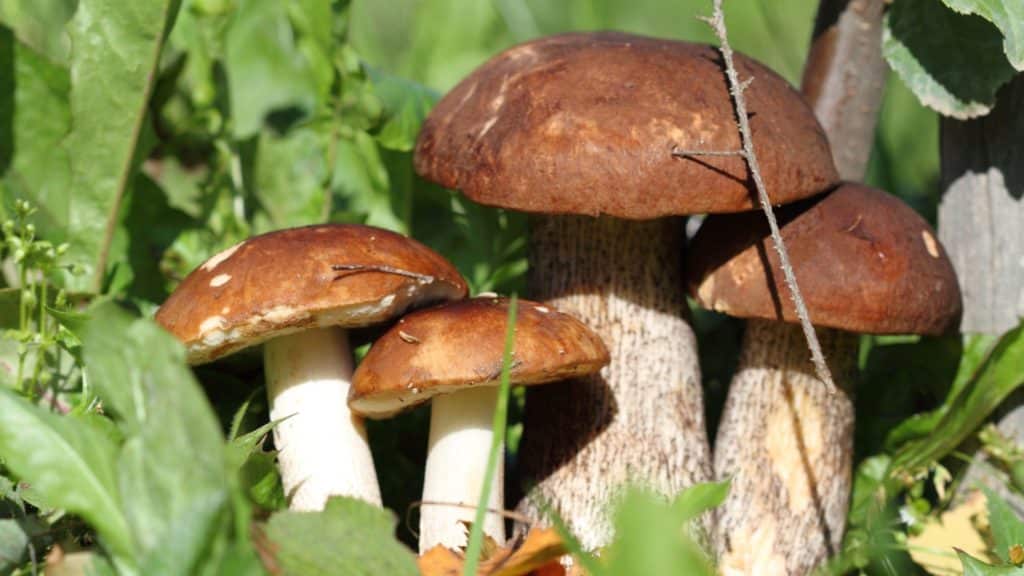Studying mushroom spores can kick off your mycology journey. Mycology is the study of mushrooms and spores, with much to offer for academic adventure. There are so many types of mushroom spores that have various properties to explore. In this article, we’ll go through how to start your mycology journey, including beginning with mushroom spore syringes and learning the different strains of mushrooms. Finding good quality mushrooms for sale in spore syringes can be challenging as you start your mycology journey. Still, we’ll also go through where you can find high-quality mushroom spores. Let’s start with learning about mushroom spore syringes.

Mushroom Spore Syringes
Purchasing mushroom spore syringes is a great way to introduce yourself to mycology and mushroom spores. Certain strains of mushrooms can be difficult to handle, but mushroom spores simplify your studies. The syringes offer an easy way to place spores on microscope slides to look at them. Spore syringes also help them survive longer, so they’re in excellent condition when you receive them. In nature, mushrooms produce which causes many hallucinogenic effects.
At Quality Spores, we have various mushroom spores to study. Spores are on the mushroom’s gills in nature. While there are many different strains of mushrooms, Quality Spores specializes in mushroom spores. Our mushroom spore syringes include 10mL of water, spores, and a sterile needle for easy microscope slide application.
We’ll go through how each differs next because there are many mushroom strains of mushroom spores. Each kind of mushroom spore has varying properties to explore through mycology. In nature, mushrooms can cause a range of varying effects.
Different Strains of Mushrooms
While we offer more than 30 different strains of mushrooms, we’ll go through some of the most popular ones. We’ll also describe a few lesser-known spores so your scientific journey is thorough.
Popular Mushroom Spores
Cubensis is a widespread genus of mushrooms with spores studied for their attractive properties. This is why we at Quality Spores offer various mushroom spores. Here are a couple of popular spore types to explore:
Golden Teacher
Golden Teacher is the most popular spore type to study. This strain is a good beginner strain for mycologists just starting. This strain is also resistant to contamination, which ensures good quality for your studies and taxonomy journey.
B+
B+ mushroom spores are also widely popular and a favorite in the mycology community. This strain is also great for beginner mycologists and can provide excellent results under the microscope. The study of this particular strain dates back to upwards of 9,000 years ago.
Penis Envy
Penis Envy spores have relaxing and potent effects. This strain is more advanced to study, ideal for expert mycologists. However, Penis Envy spores are easily contaminated, making finding them difficult. At Quality Spores, you’re guaranteed the spores you order. Studying Penis Envy spores is an unparalleled experience.
Jedi Mind Fuck
Jedi Mind Fuck spores are in high demand, so get them while you can! This strain of spores is ideal for advanced mycologists looking for a new scientific endeavor. As you dive deeper into your studies, you can compare how each strain of spores differs.
Luminous Lucies
The last of the widespread spores we’ll introduce is the Luminous Lucies. In nature, this strain glows! Luminous Lucy spores are ideal for advanced mycologists. Luminous Lucy spores have different properties than other mushroom spores.

Lesser-Known Mushroom Spores
Popular spores are fun to explore! However, it’s also good to consider other spores for your studies. By studying lesser-known mushroom spores, you can discover something new. Here are a few lesser-known but equally interesting mushroom spores:
Gulf Coast
In nature, Gulf Coast caps are highly potent and can look interesting under the microscope. Gulf Coast spores are great for beginner mycologists, easy to apply to a microscope slide.
Brazilian
Brazilian mushroom spores are a great addition to any mycology collection. These spores grow very fast in the wild, so that you can observe their behavior under a microscope. Brazilian mushroom spores are easy to handle and perfect for beginners. Mushroom taxonomists appreciate this strain of spores as well.
Pearly Gates, aka Pearly Whites
In nature, these mushrooms are white, which inspired their name. Pearly Gate mushroom spores are fascinating as a hybrid of True Albino Teacher and Melmac spores. This strain is excellent for intermediate to advanced mycologists.
Malabar, aka Malabar Coast
Malabar mushroom spores are tough to find because, in nature, their fruiting bodies don’t produce many spores. Because of their scarcity, finding Malabar mushroom spores is something to brag about in mycology communities.
Nepal Chitwan
The last of the spores we’ll introduce is Nepal Chitwan spores. Mycologists say these spores are unique and a great collection addition.
Finding Mushrooms for Sale
Starting your mycology endeavors doesn’t have to be complicated! You’ll find more than 30 types of mushrooms for sale at Quality Spores. Finding mushrooms for sale is the first step in your scientific journey, and as you start, you want to be confident that you’re getting high-quality spores perfect for studying. Our spore syringes are only for microscopy and taxonomy since growing mushrooms is illegal in the US and other countries. Check if your regional laws allow you to purchase spore syringes for microscopy and taxonomy purposes.

Exploring Mycology With Quality Spores
At Quality Spores, we offer quality spores for all mycology customers. We have variou mushroom spores available to study, each with exciting properties to explore under the microscope. At Quality Spores, we test our mushroom spores to ensure you receive the best. Check out our inventory today to begin exploring strains of mushroom spores.
